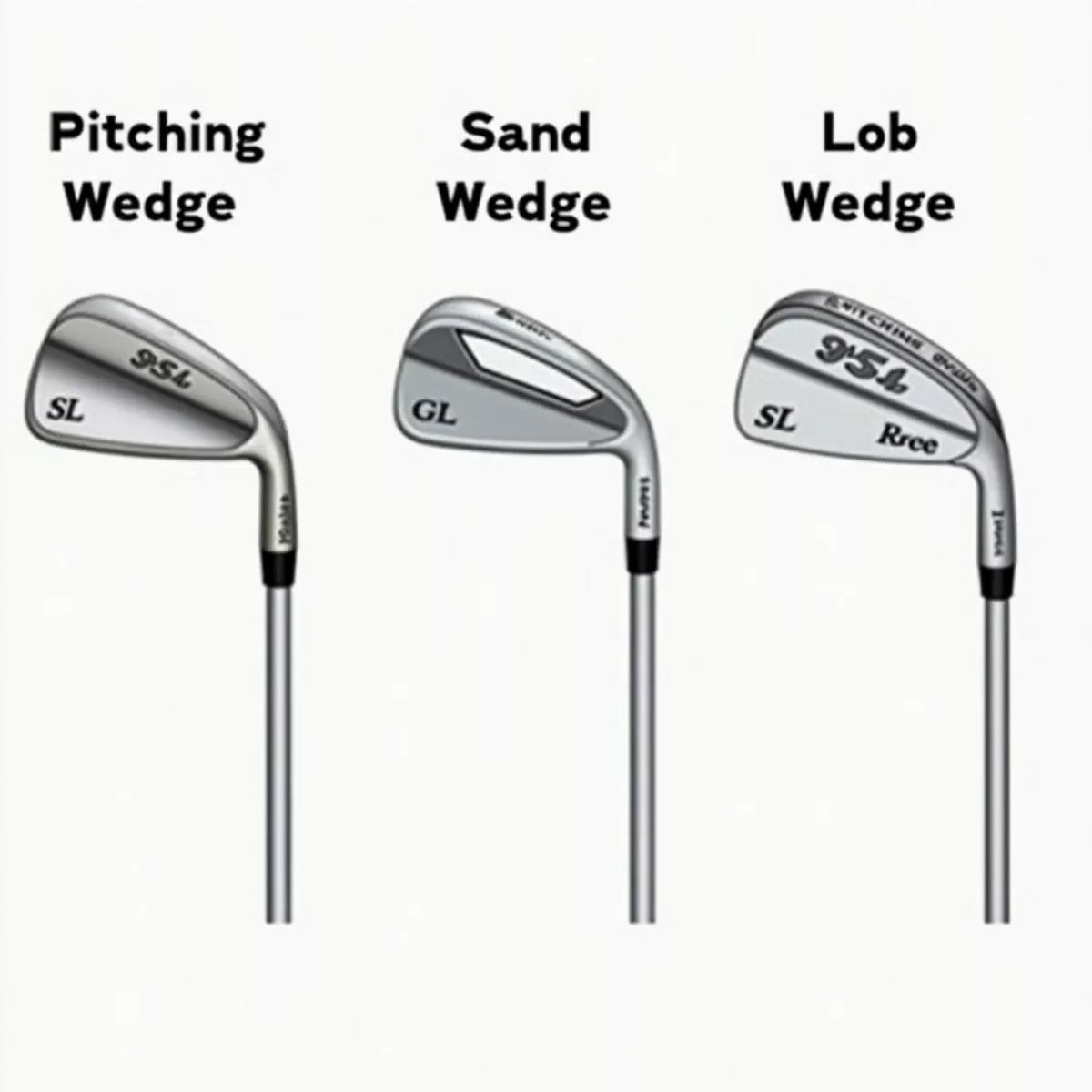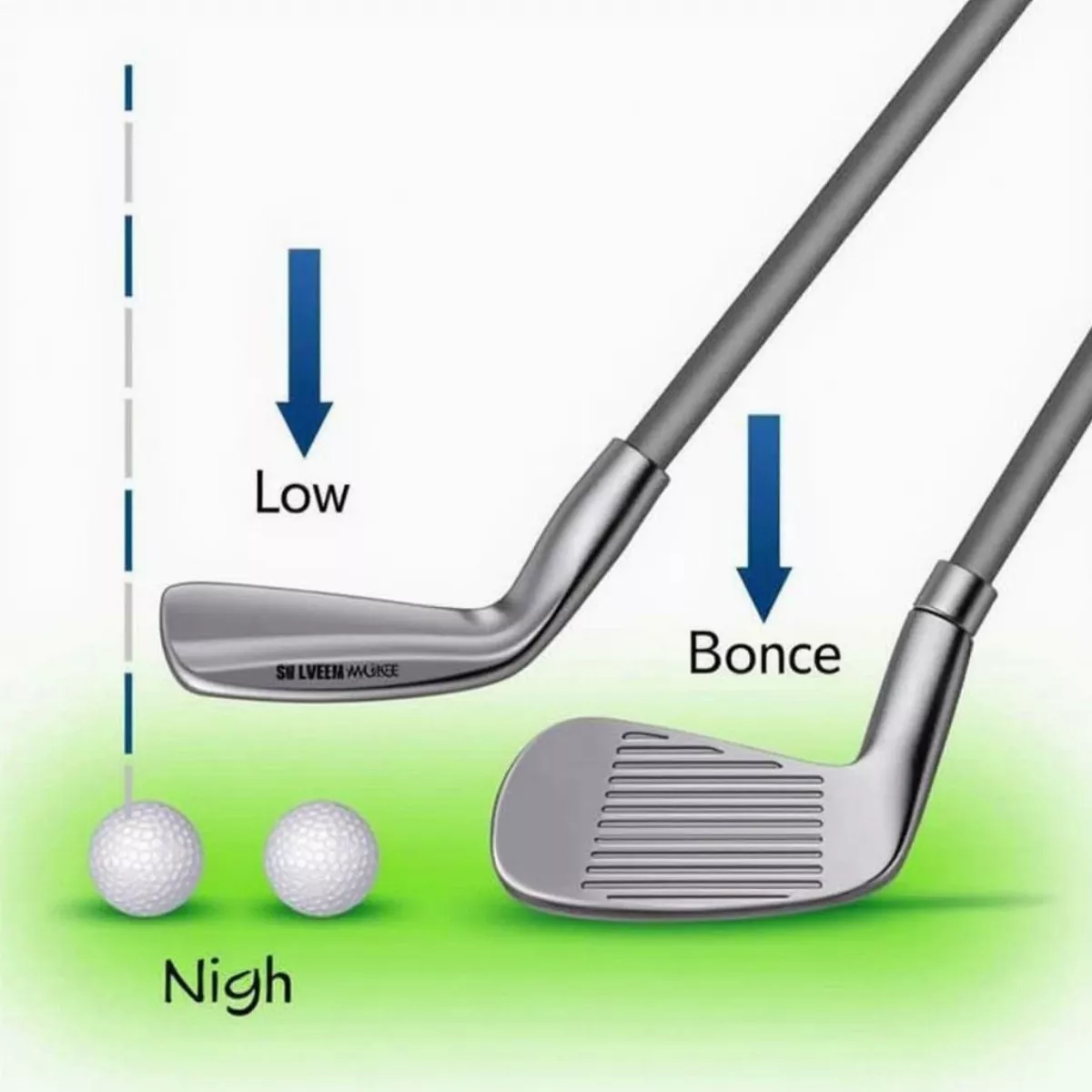Golf is often seen as a game of precision and planning, and having the right equipment is crucial for success. One of the most important sets in any golfer’s bag is their wedges. In this article, we will cover everything you need to know about a set of three golf wedges. We’ll discuss the types of wedges, how to choose them, and we’ll even include some handy tips to improve your short game. Let’s dive in!
What Are Golf Wedges?
Wedges are specialized golf clubs designed for short-distance shots and tricky lies. They can help you achieve loft, spin, and accuracy, making them essential for approaches to the green or escaping tricky situations around the course.
Main Types of Golf Wedges
- Pitching Wedge (PW)
- Loft: 44-48 degrees
- Best Use: Full swings from about 100-130 yards.
- Gap Wedge (GW) or Approach Wedge
- Loft: 50-54 degrees
- Best Use: Fills the distance gap between PW and SW; excellent for about 80-100 yards.
- Sand Wedge (SW)
- Loft: 54-58 degrees
- Best Use: Bunker shots and short, delicate approach shots.
- Lob Wedge (LW)
- Loft: 58-64 degrees
- Best Use: High, short shots that require precision.
The Importance of a Three-Wedge Set
When constructing your short game arsenal, having a set of three golf wedges provides a balanced approach to tackling varied lies and distances. Most golfers opt for the traditional set which includes a pitching wedge, a gap wedge, and a sand wedge.
 Types of Golf Wedges
Types of Golf Wedges
Choosing Your Wedges
When selecting your set of wedges, consider the following:
1. Loft Gaps
Make sure the lofts of your wedges are spaced correctly. Generally, you want to maintain a 4-6 degree gap between each wedge.
Example Loft Coverage:
| Wedge Type | Loft (Degrees) |
|---|---|
| Pitching Wedge | 46 |
| Gap Wedge | 52 |
| Sand Wedge | 56 |
This spacing allows for versatile shot options depending on your lie and distance to the pin.
2. Bounce Angle
Bounce refers to the angle between the leading edge and the lowest point of the club’s sole. Understanding bounce will help you select a wedge that suits your playing conditions.
- Low Bounce (0-8 degrees): Ideal for firm turf or tight lies.
- Medium Bounce (9-12 degrees): Versatile for various conditions.
- High Bounce (13+ degrees): Best for softer turf or sandy conditions.
3. Clubhead Shape and Design
Different brands offer various clubhead designs tailored for specific styles of play.
- Blade Style: Offers maximum precision and is favored by professionals.
- Cavity Back: Provides greater forgiveness and better for mid-handicappers.
 Golf Wedge Bounce Angles
Golf Wedge Bounce Angles
4. Grip and Shaft Options
Wedge grips come in a variety of textures and thicknesses. Experiment with them to find out which grip feels the most comfortable.
- Regular vs. Oversized Grips: Oversized grips can help reduce wrist action, which is beneficial for some players.
- Shaft Flex: Choose a flex that complements your swing speed. Senior flex, Regular, and Stiff are common categories.
How to Practice with Your Wedges
Short Game Drills
- Chipping Practice: Focus on different lies and slopes.
- Bunker Play: Experiment with various bounce angles in the sand.
- Distance Control: Use a yardage marker and practice hitting to specific distances.
Mental Strategies
Focus on visualization. Before you play your shot, picture the trajectory and final landing position. This mental exercise can help solidify your confidence.
 Golfer Practicing Wedge Shots
Golfer Practicing Wedge Shots
Key Takeaways
Selecting the right set of three golf wedges can drastically improve your short game performance. Here are the essential points to remember:
- Opt for a Pitching Wedge, Gap Wedge, and Sand Wedge.
- Ensure loft gaps of 4-6 degrees for versatility.
- Pay attention to the bounce angle based on your typical course conditions.
- Try different clubhead designs based on your skill level.
- Practice with these clubs to enhance your skills around the green.
Frequently Asked Questions (FAQ)
1. Why is having a gap wedge important?
A gap wedge fills the distance between a pitching wedge and a sand wedge, providing more shot options for distances around 80-100 yards.
2. How do I know what loft to choose for my wedges?
Analyze your current clubs and play style. Try different combinations and distances to find a loft that complements your game.
3. What bounce angle should I choose for soft conditions?
For soft turf conditions, look for a high bounce angle (13+ degrees) to help prevent the club from digging.
4. Can I use my pitching wedge for chipping?
Yes! Your pitching wedge can be used for chipping, but practicing with your gap and sand wedges can improve your precision for short shots.
5. Which wedge is best for beginners?
For beginners, a cavity back wedge with a medium bounce offers more forgiveness, making it easier to get the ball in the air.
6. What is the difference between a lob wedge and a sand wedge?
A lob wedge typically has a higher loft than a sand wedge, making it suitable for high, short shots over obstacles.
7. How often should I replace my wedges?
Consider replacing your wedges every 1-2 years or when you notice significant wear on the grooves.
8. Can I mix and match wedges from different brands?
Absolutely! Feel free to mix and match wedge brands as long as the specs fit well with your overall set-up.
9. Are expensive wedges worth the investment?
Higher-priced wedges typically offer better technology, a broader range of lofts, and more custom options, making them a worthwhile investment for serious golfers.
10. How can I care for my wedges effectively?
Clean your wedges after each use using a brush or cloth, and store them in a dry place to prevent rust.
 Set of Three Golf Wedges
Set of Three Golf Wedges
In conclusion, choosing the right set of three golf wedges tailored to your unique style can significantly improve your game. Remember the importance of loft, bounce, and practice, and keep honing your skills to maximize your short game potential. Happy golfing!

